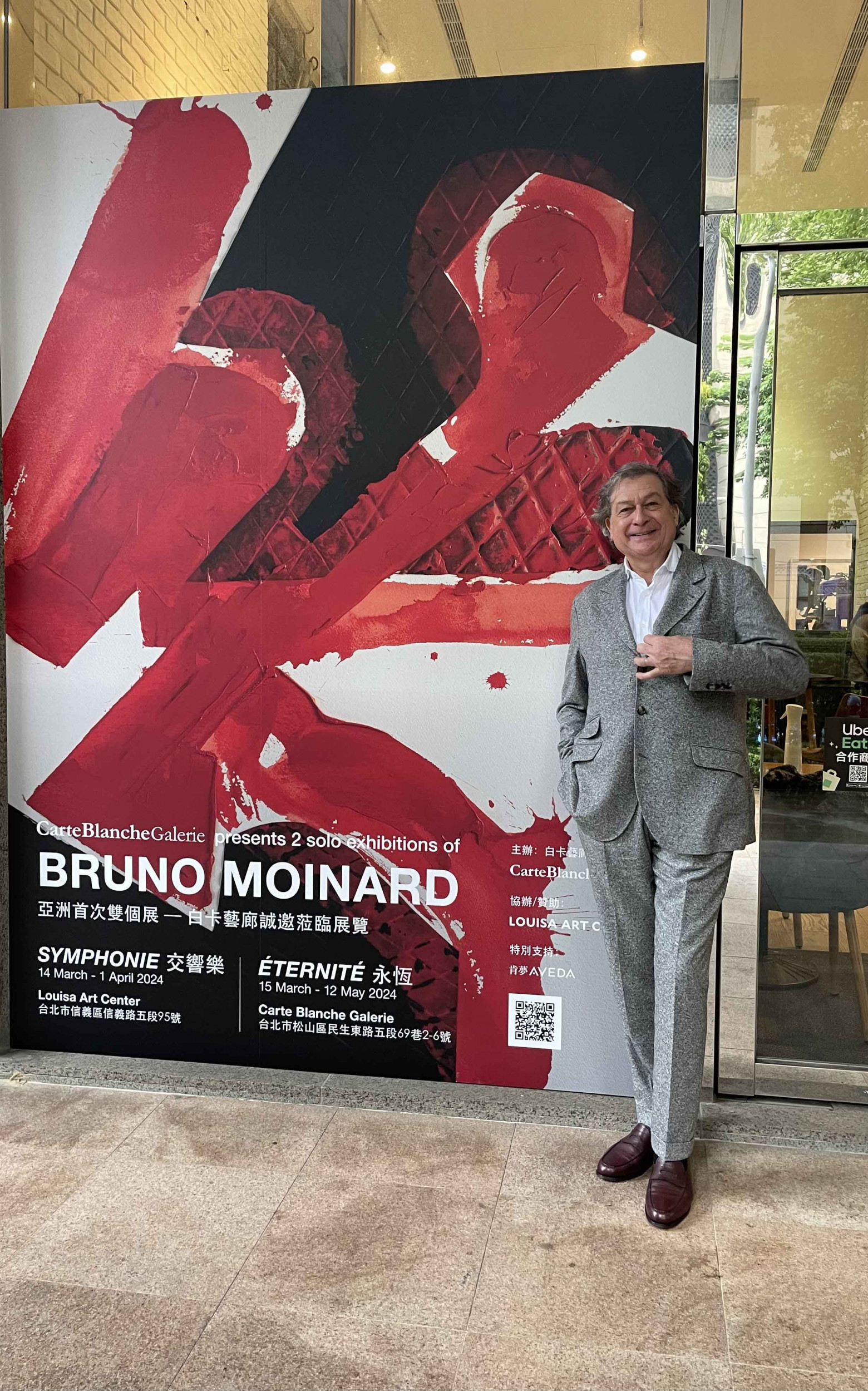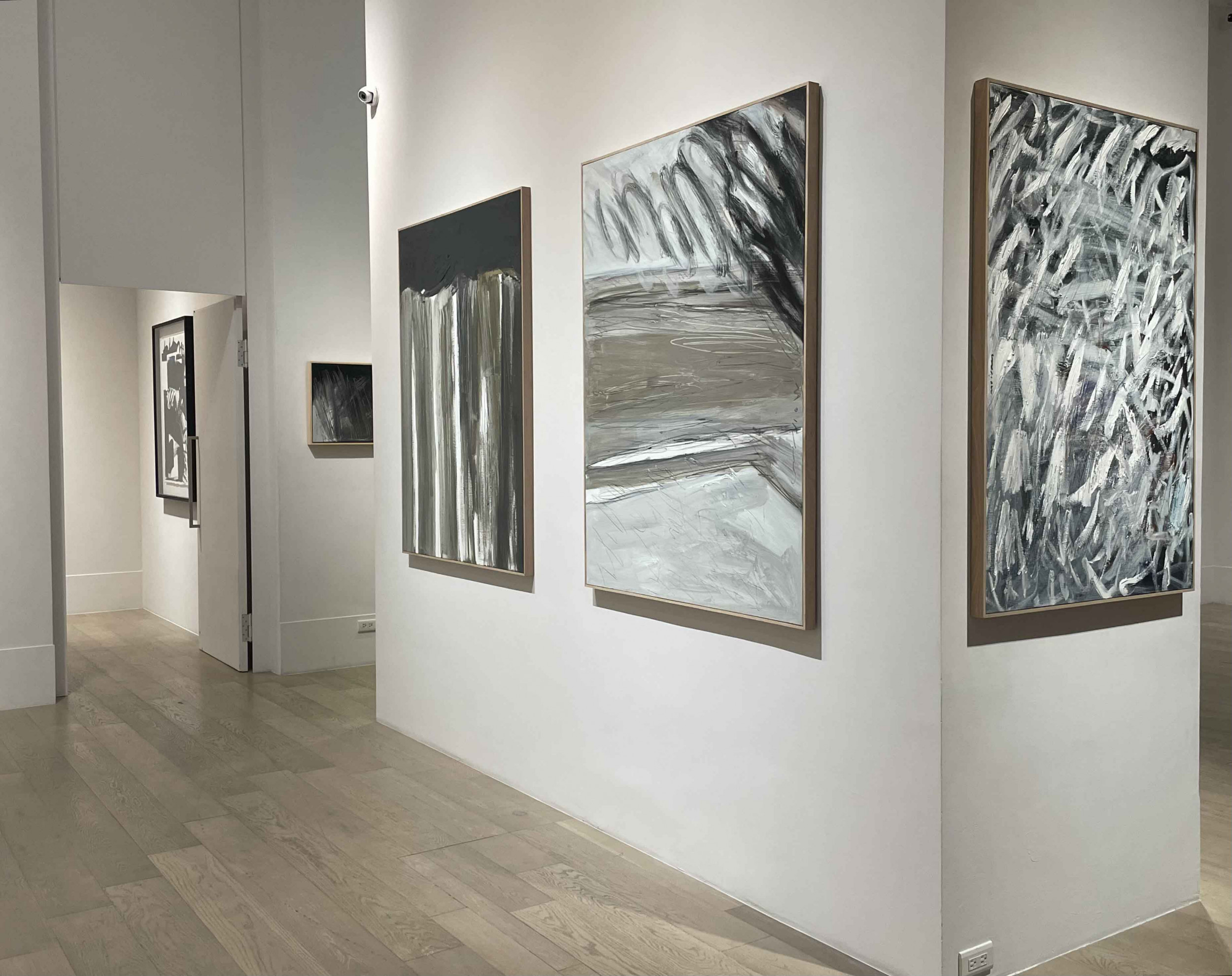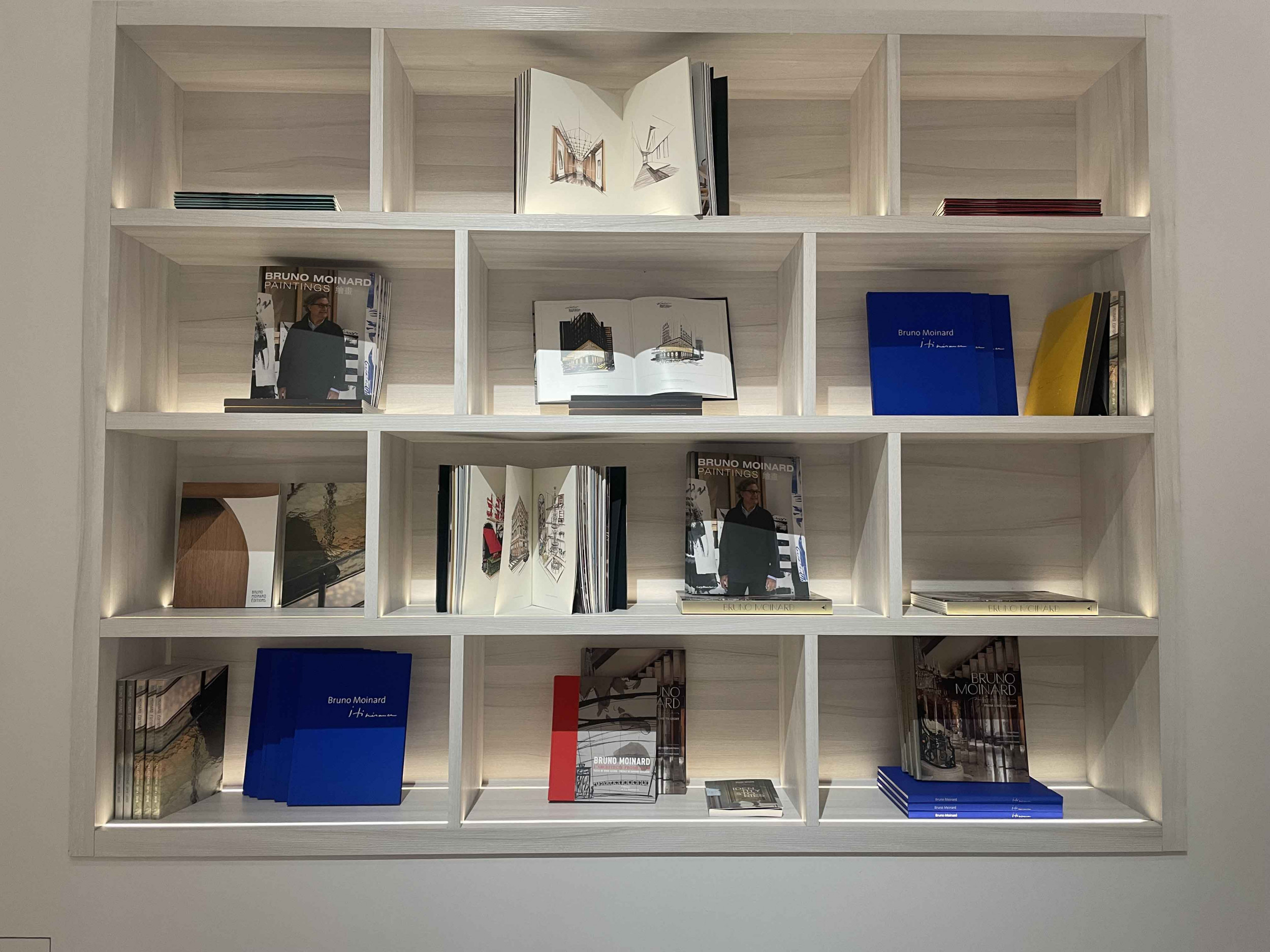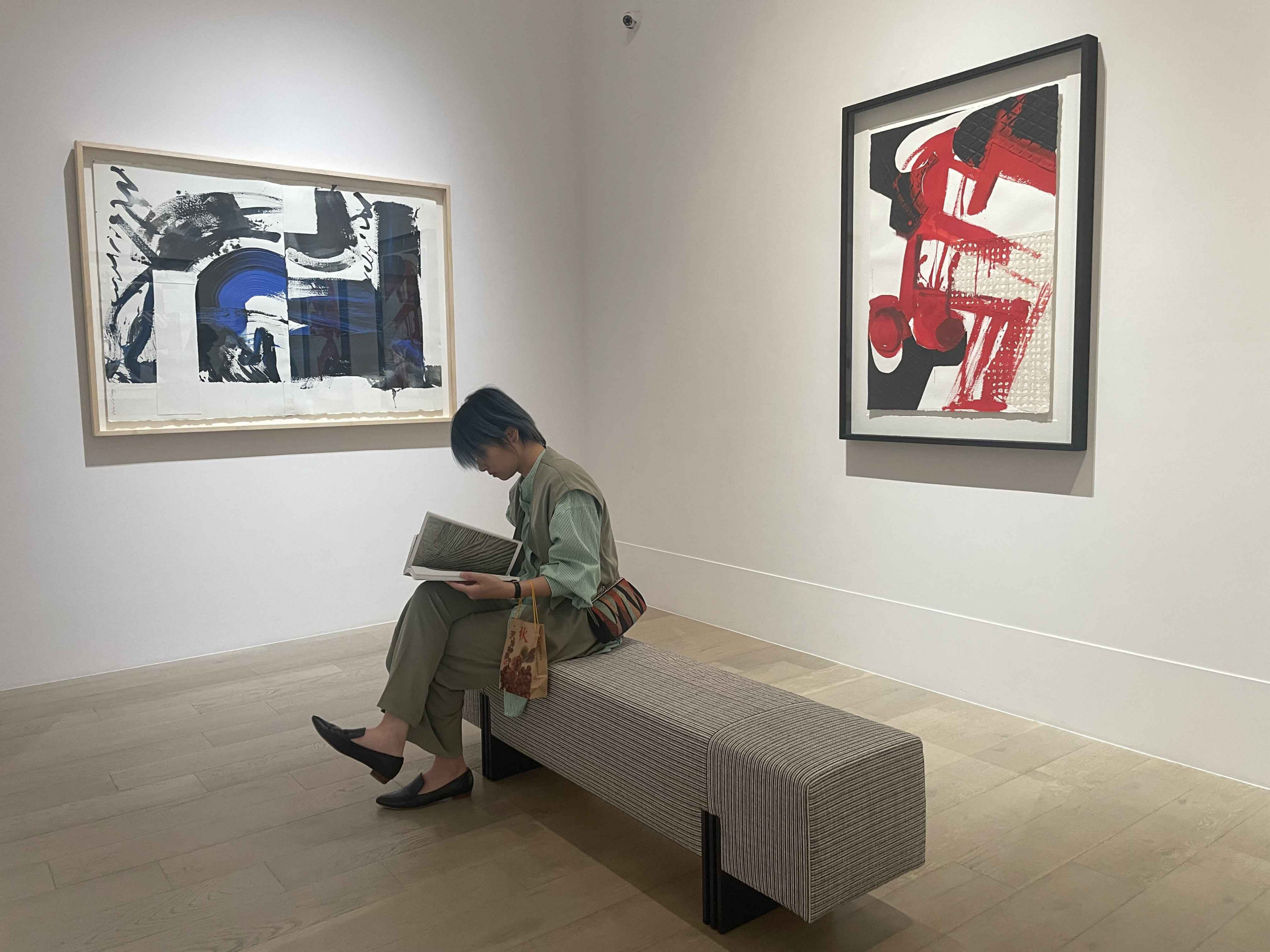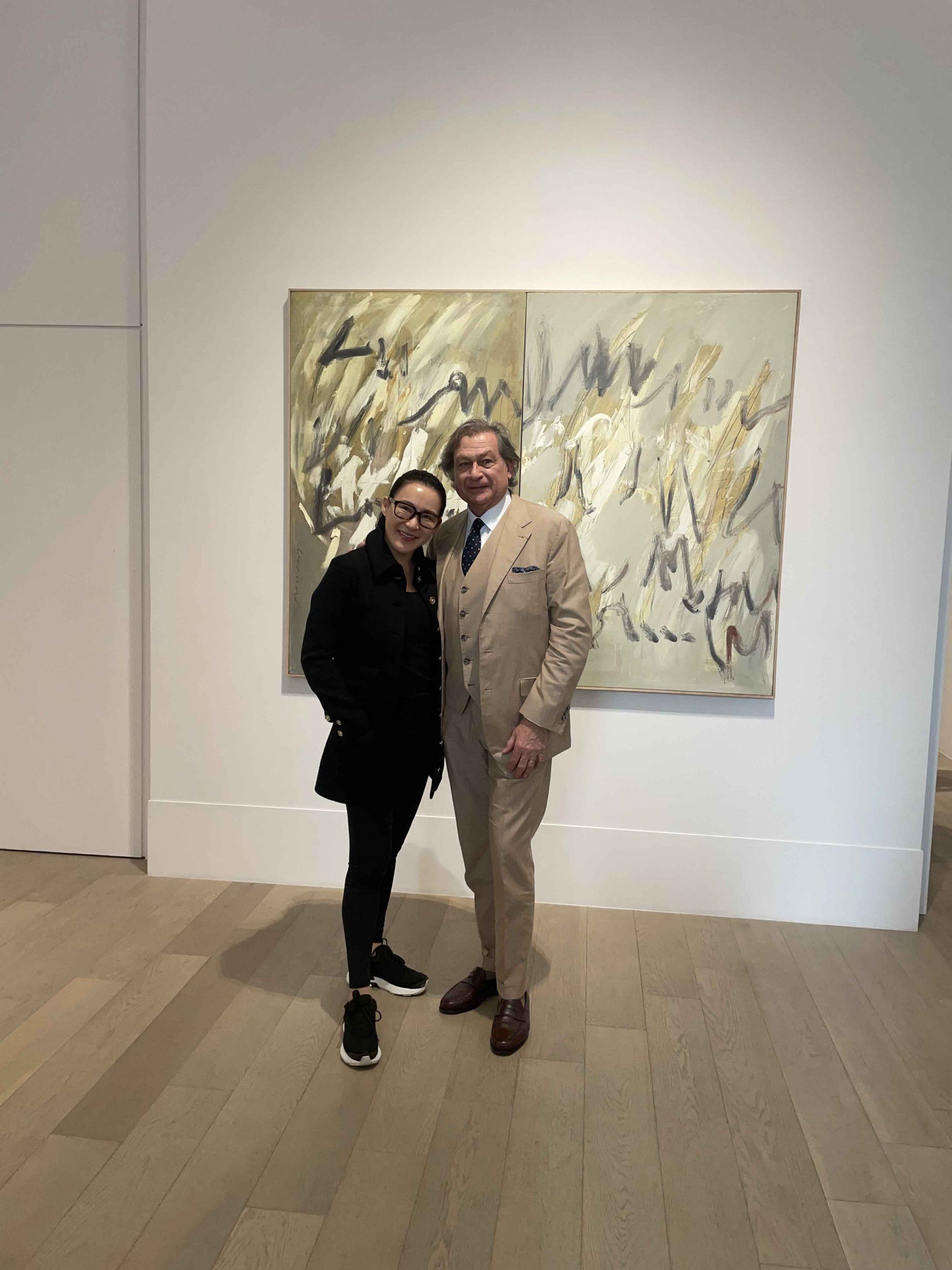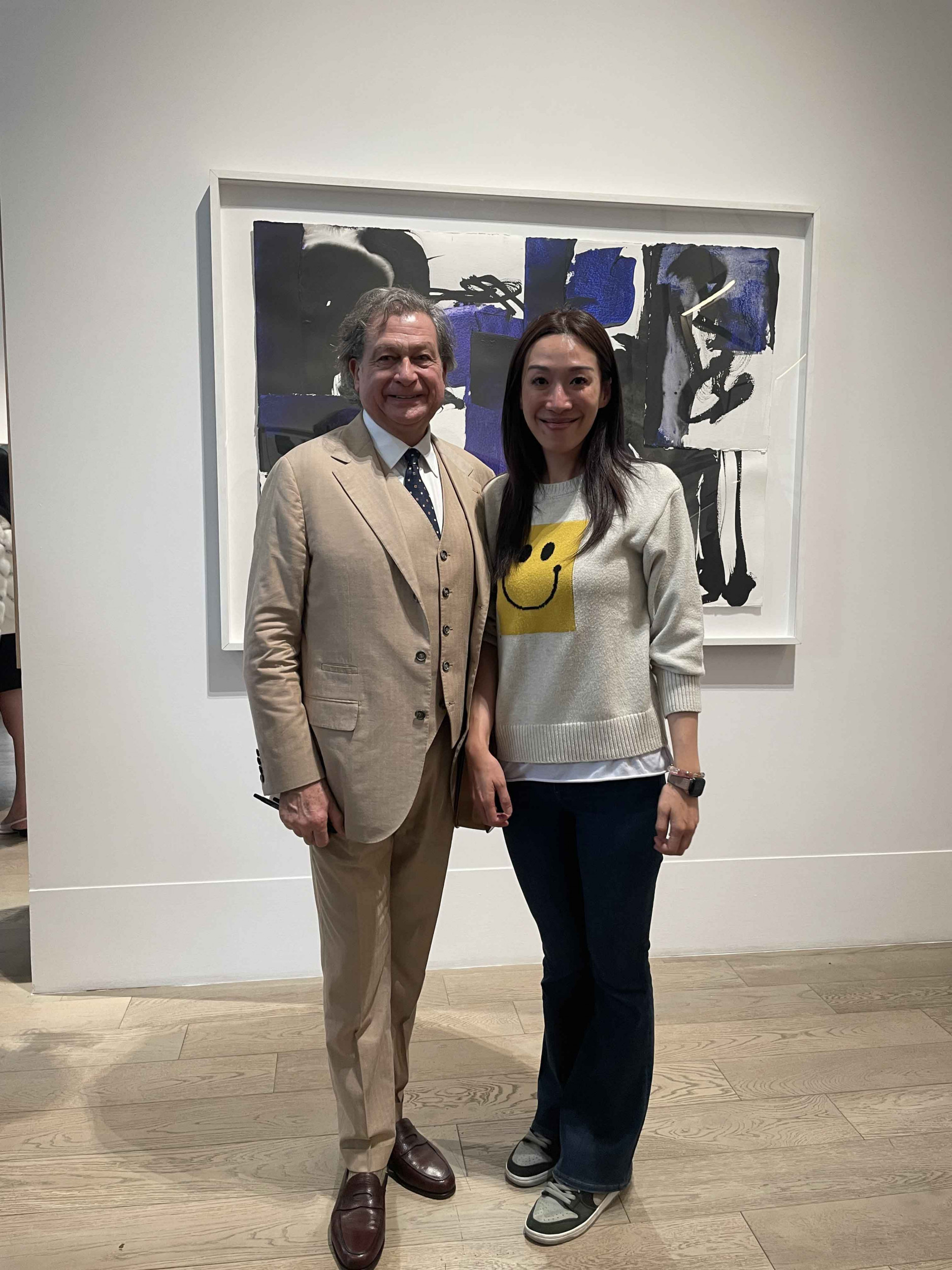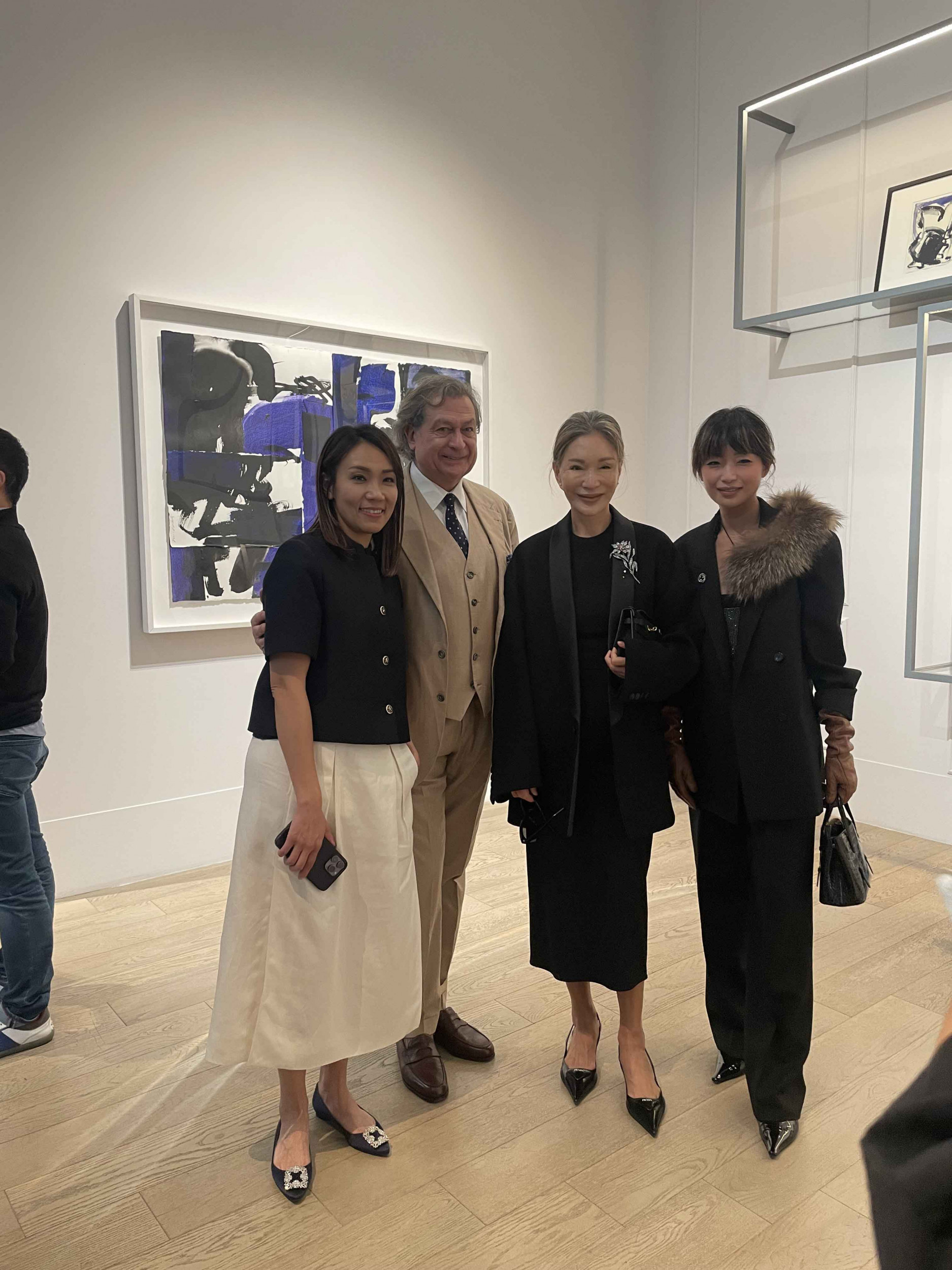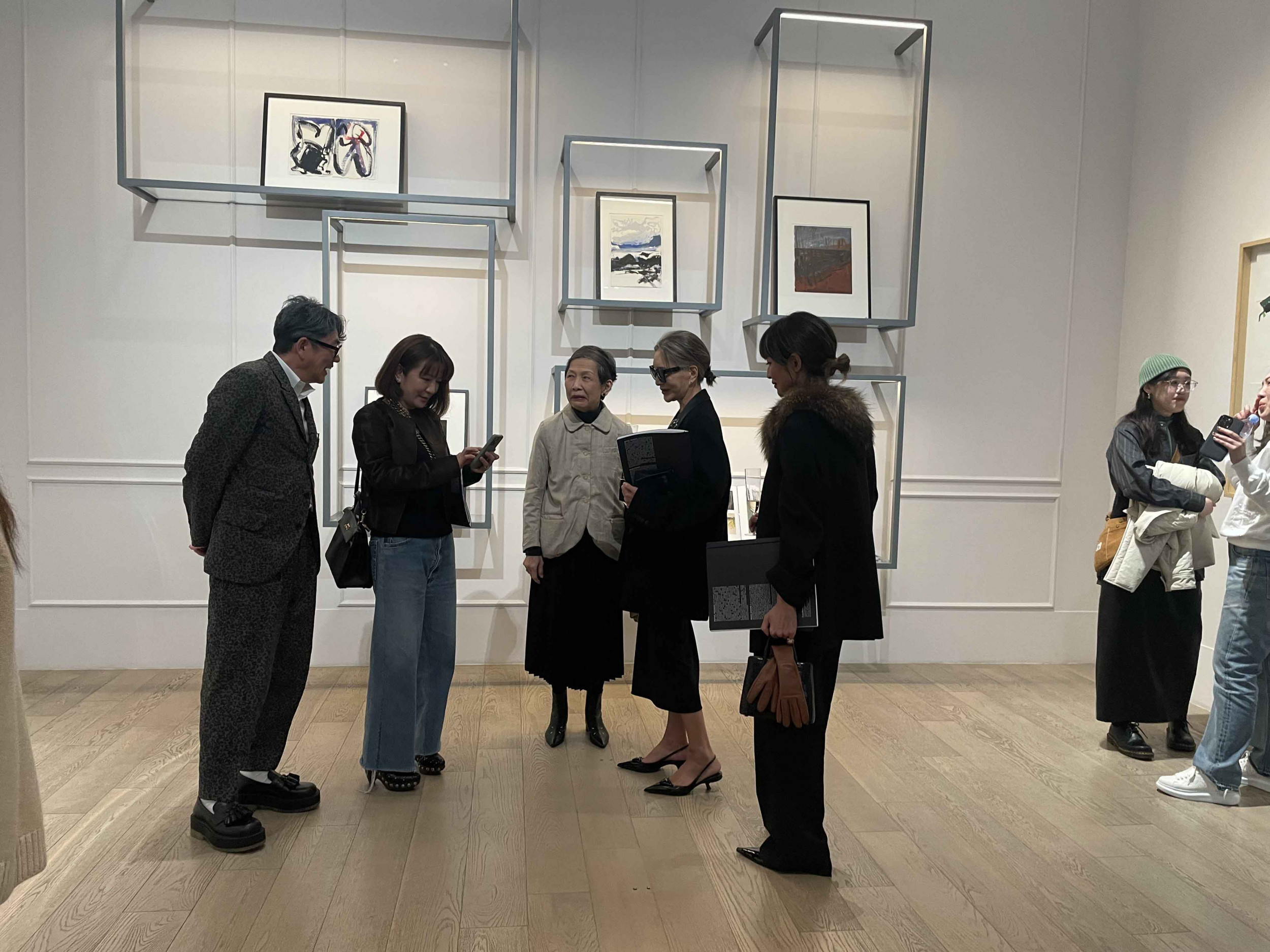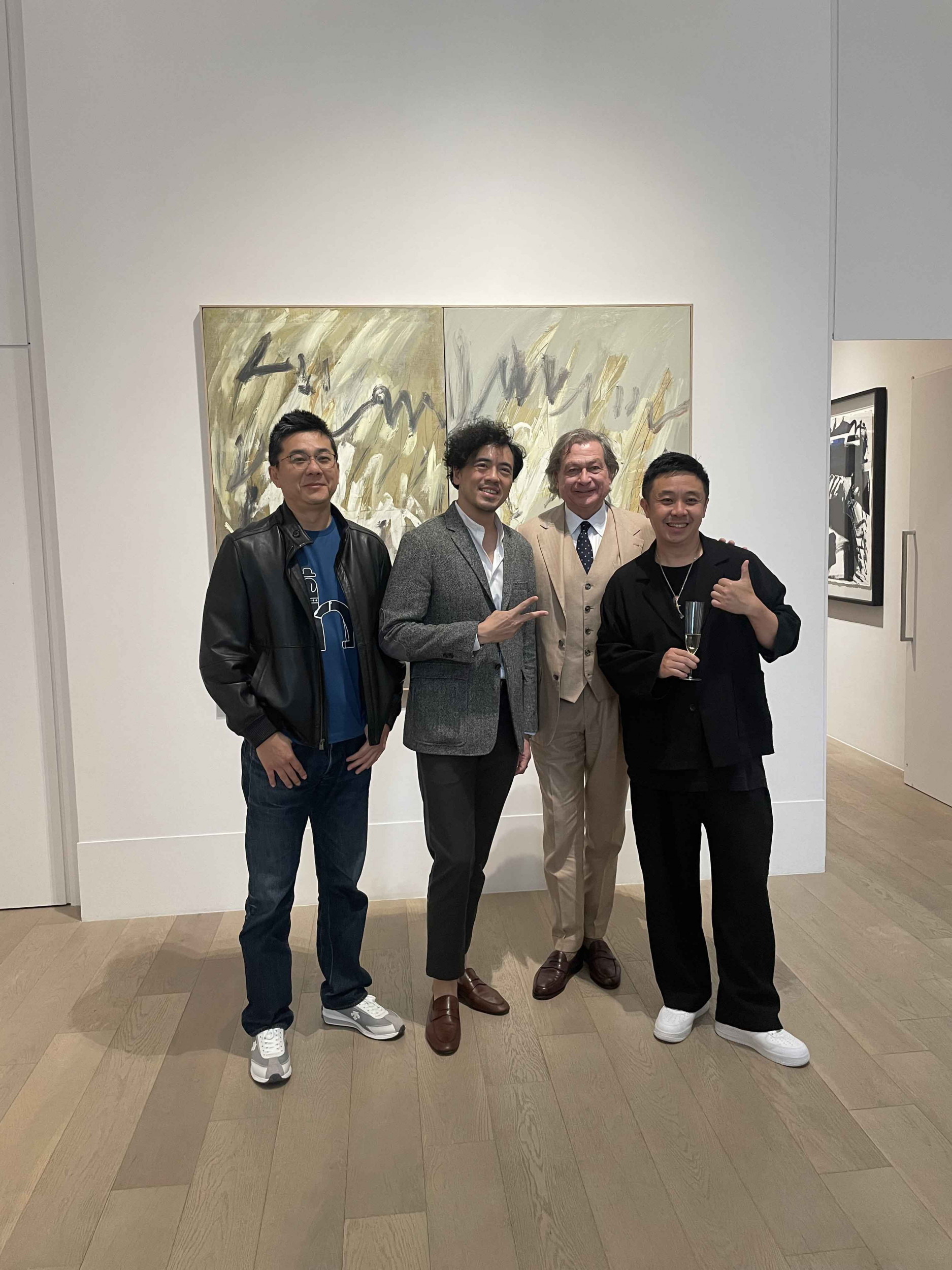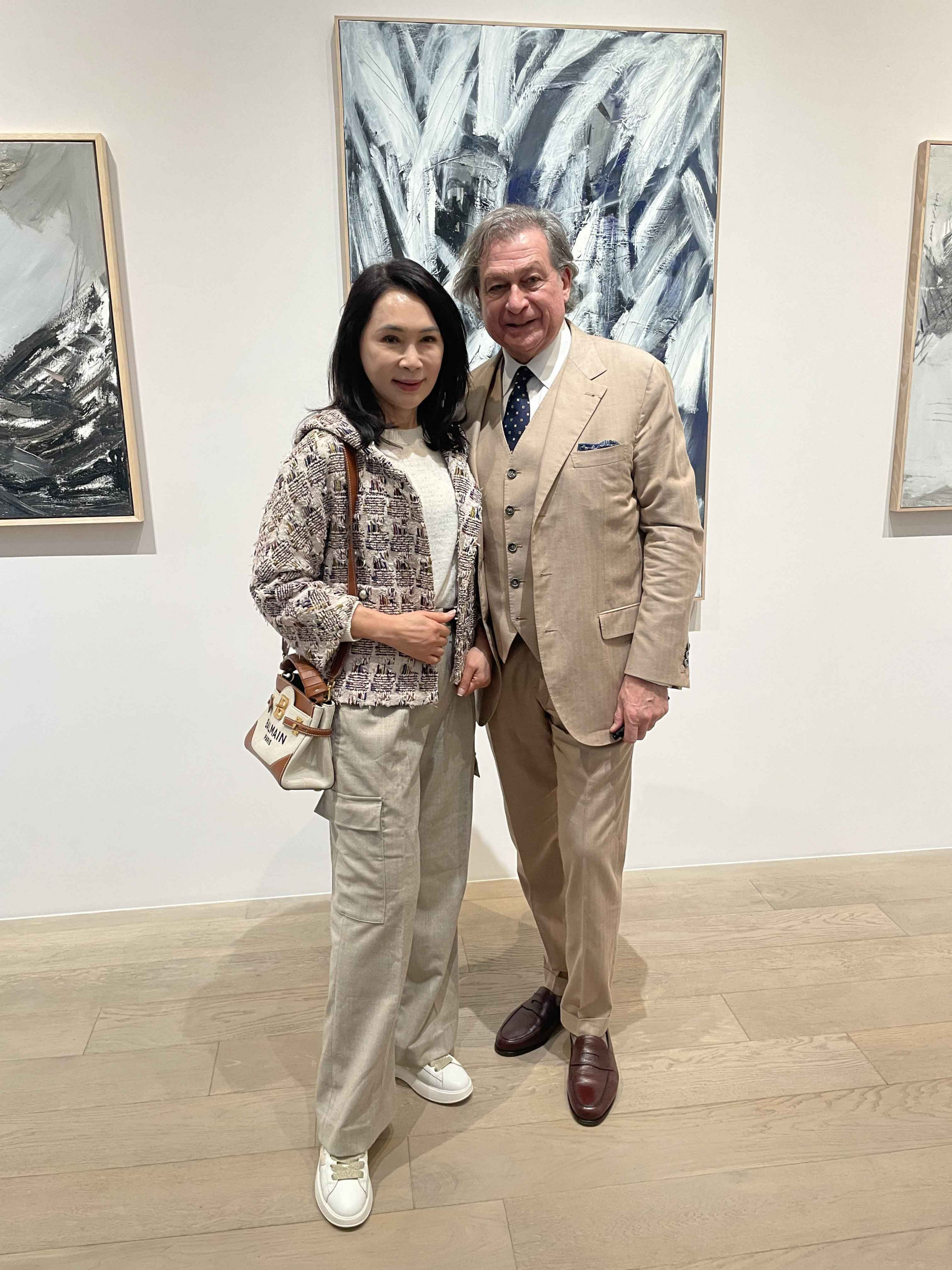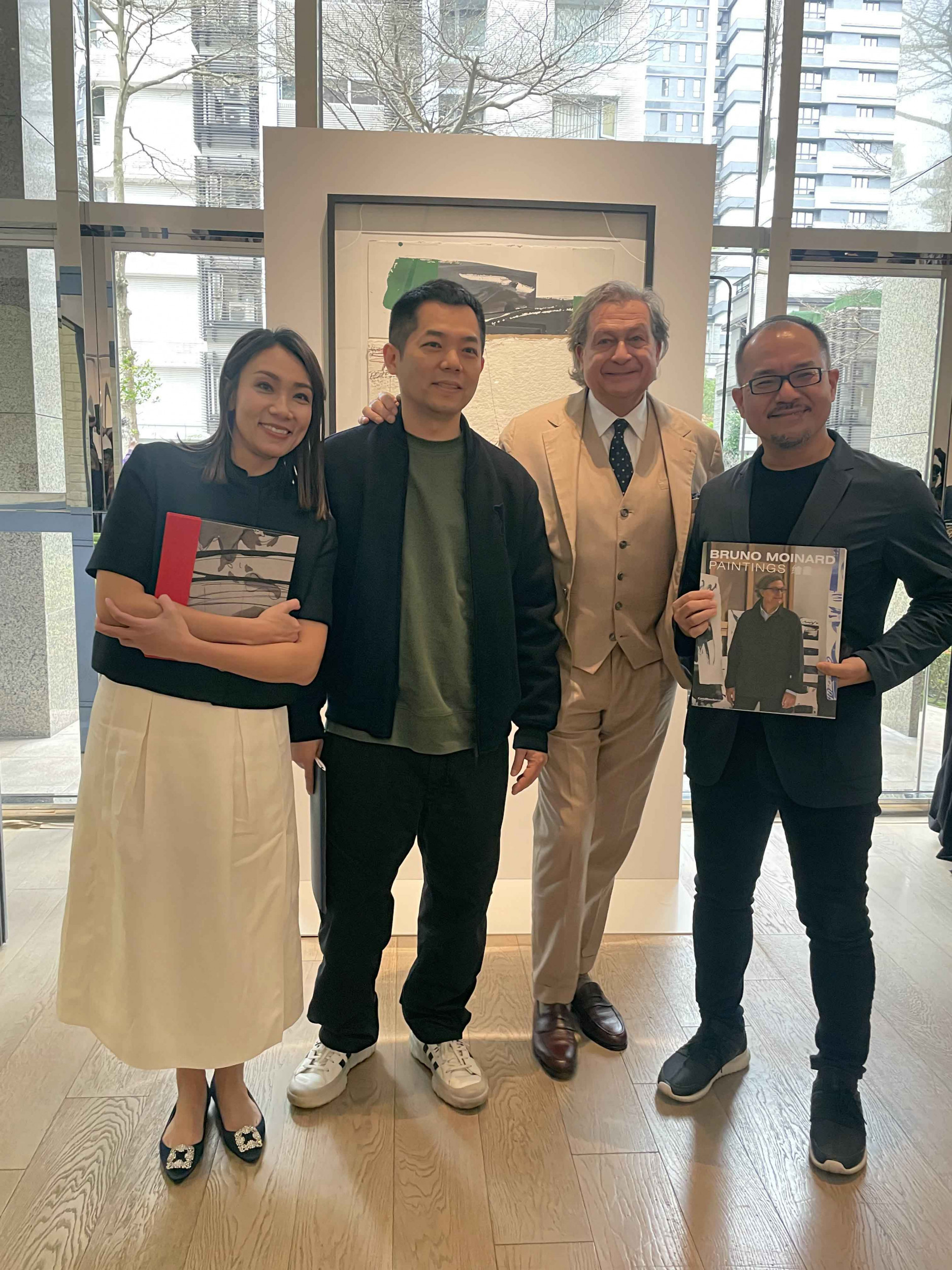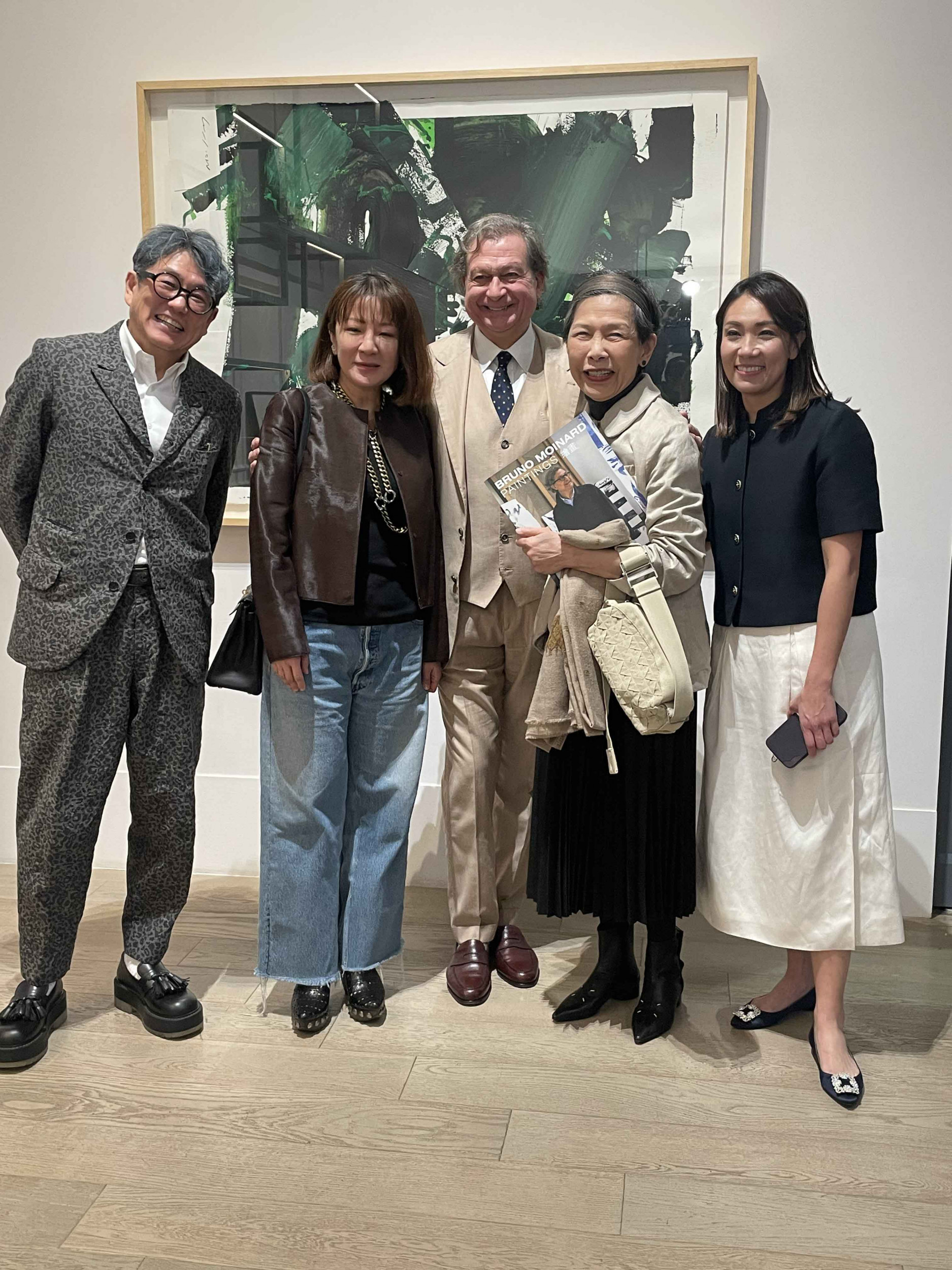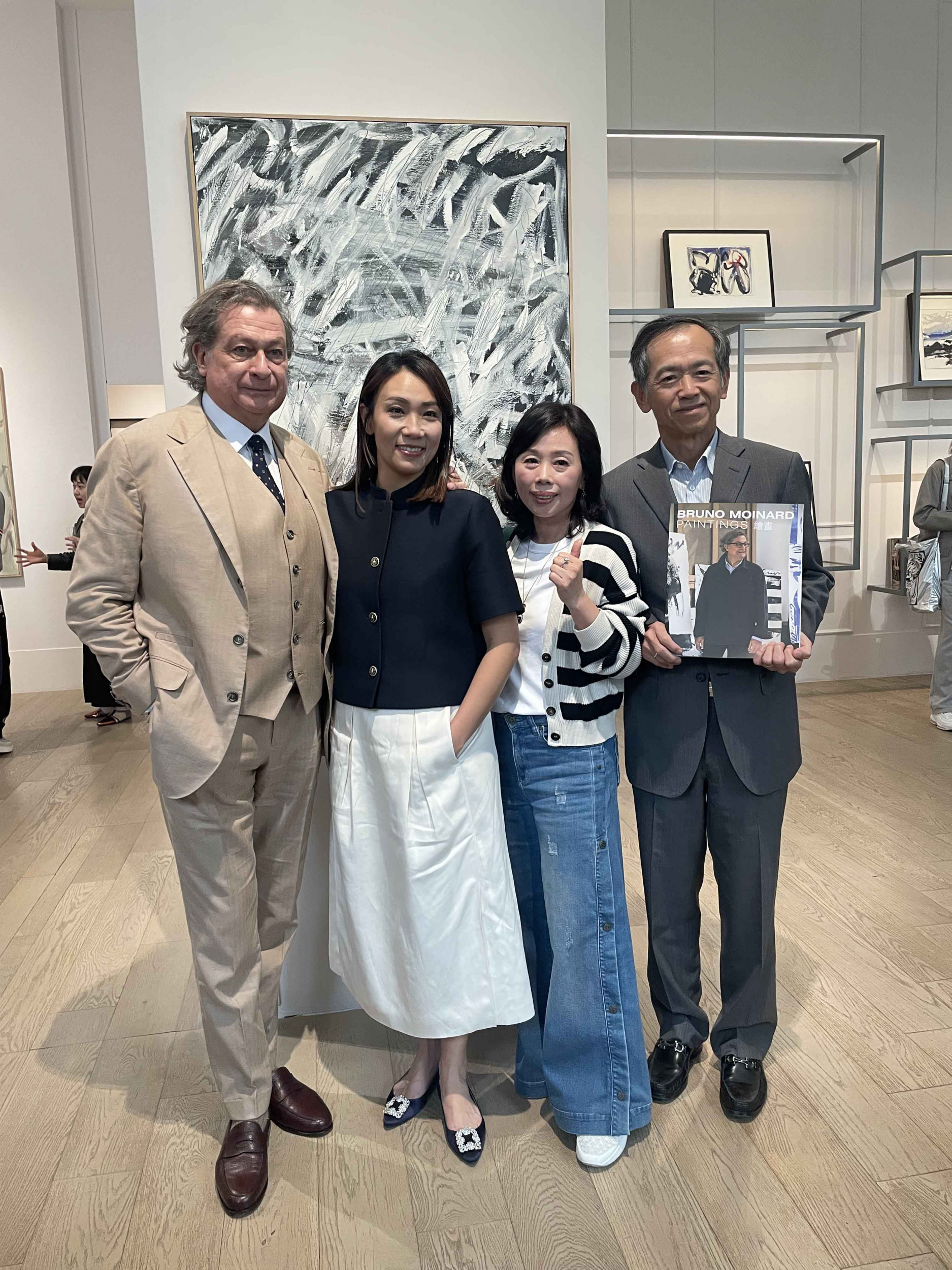Bruno Moinard’s painting appears to embody a certain installation quality, not merely because his work often employs collage and assembly techniques to construct two-dimensional space imbued with magic, but because he instinctively captures reality and his own perception and emotion. This panoramic reflection reveals how, as an artist, he explores personal artistic direction through abstract language, without being bound by the pursuit of style. His different series are never meant to be appreciated or analyzed based on their particularities, but allow the viewer to discern the artist’s keen observation of memory, temporality, and landscape. Taking place in Taipei, Taiwan in March 2024, Moinard’s first solo exhibition in Asia comprises nearly 50 works made between 2018 and 2023. Unfolding as two segments at two venues: Éternité at Carte Blanche Galerie and Symphonie at Louisa Art Center, this presentation serves as a comprehensive look at the artist’s oeuvre in recent years.
Symphonie underscores Moinard’s love for music. Jef Haydn, a notable diptych on view in this show, is born out of a heartwarming exchange: One evening, pianist Jean-Efflam Bavouzet, Moinard’s dear friend, who was rehearsing Joseph Haydn’s compositions, called him. Bavouzet, engrossed in the rehearsal, and Moinard, in his studio, began a distant collaboration. While listening to Bavouzet’s rendition of Haydn’s melodies, Moinard completed this painting, brimming with rhythm, speed, and spontaneity. Several works on view embody a musical thought process. Beneath their abstract façade, perhaps what the painter and the musician share is a gesture that is at once free and controlled, allowing subconsciousness and agency to unfold. Moinard’s works on paper are another highlight of the exhibition. The texture of paper, a substantial element in his practice, allows him ample creative freedom to experiment with drawing techniques. Investigating the grain, thickness, and relief of paper, and incorporating such techniques as cutting and tearing, he conjures a peculiar sensitivity through collage. As if assembling fragments of memory, he translates his juxtaposition of images into a tactile dialogue between aesthetics and perception.
Éternité comprises three facets: painting, architectural sketch, and edition furniture. This presentation embodies Moinard’s stylistic approach to materiality and color, transitioning from the two-dimensional to the three-dimensional. Navigating these elements, the viewer is allowed to perceive the artist’s sentiment and logic. These three disciplines, for Moinard, are critical to his creative practice. As we gaze upon works from Atelier, Clavier, Ciel de paille, Éternité, to De la cage, it feels as if we are crossing the threshold into Moinard’s memories. Éternité, which had long hung on the wall of Moinard’s office, seems to evoke a dark, present sense of abstraction, reminiscent of shadow or dance. An almost unsettling, progressive composition, generously layered in paint, finds restraint evocative of a classical work. The works on paper on view at Éternité, such as Ville, Londres, and L’oiseau, are charged with a sense of immersion in the cityscape and the agility of birds. Deft brushwork and composition are suffused with an intimacy that brings the viewer closer to the artist’s everyday life, while the commute between the city and the suburbs is distilled into an abstract spirit suggestive of stream of consciousness.
We live in a post-Internet era saturated with symbols and an ongoing artistic revolution that has persisted since the last century. In this evolving landscape of art, the approach to entering a painting often gets simplified to whether it possesses a certain level of interest. Yet exploring Moinard’s work prompts a reconsideration of painting as the amalgamation of manual labor and mental activity, a classical essence inherent in this discipline. The viewer is allowed to trace the various factors that shape the artist, including the terroir of Normandy and his understanding of the artistic process. Within Moinard’s painting practice, abstraction becomes a creative language that combines gesture, spontaneity, lightness, the random mixing of colors, thickness, light, and materials. What is unique about making a painting is that the artist preserves the work’s clumsiness, imperfection, and nervousness that touches the heart. Ultimately, his painting attempts to convey the indescribable exchange and dialogue between the tangible and the intangible.
